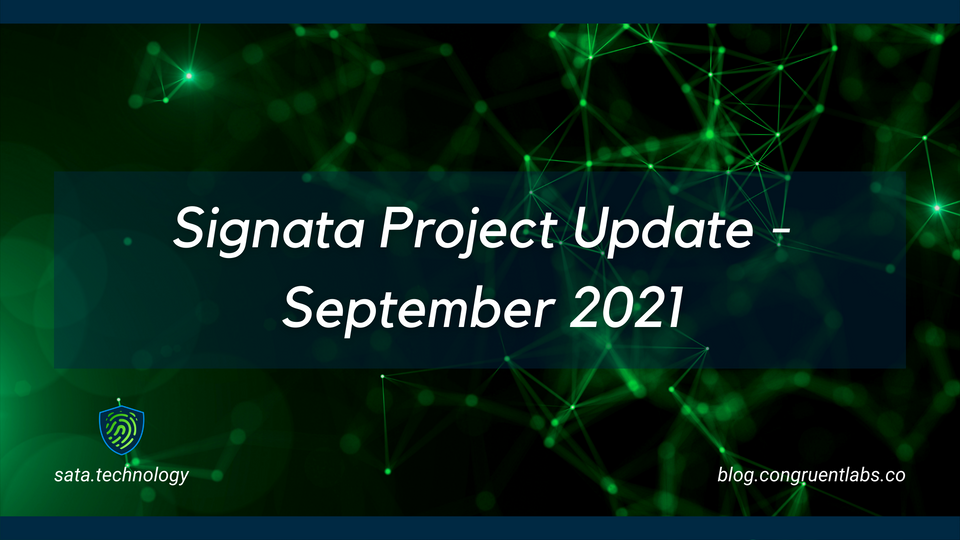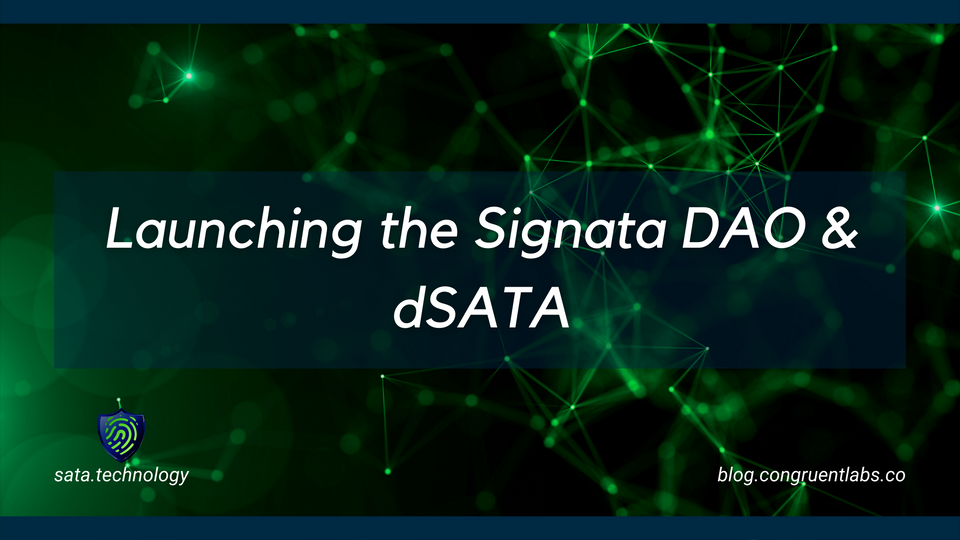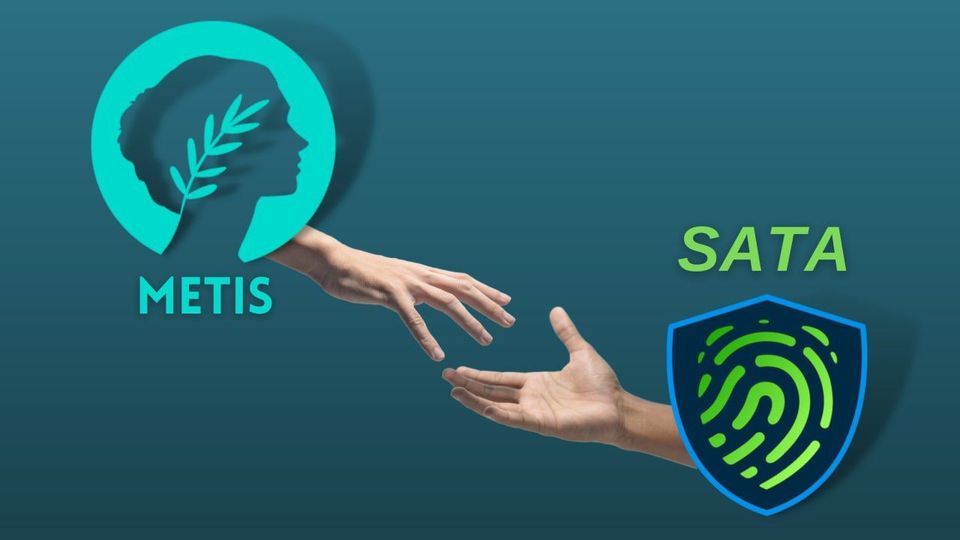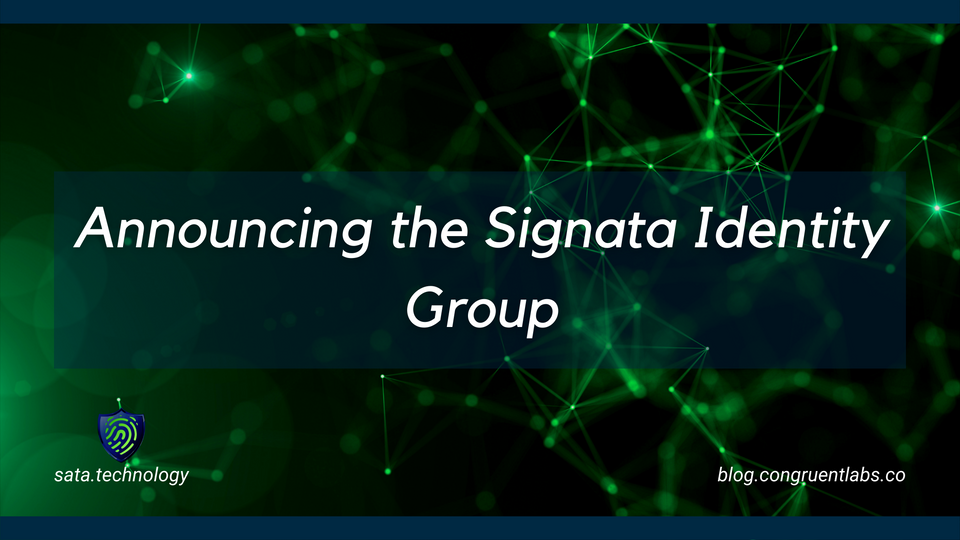Despite fewer project milestones completed for the project this month, September has been the busiest yet for us as we the start of exploration into new territories for the technology of Signata!
Uniswap v3 to v2 Migration
Our original intent with moving from Uniswap v2 to Uniswap v3 was to achieve 2 goals - to firstly gain greater control over liquidity management for the project, and secondly to reduce the amount of MEV bots attacking liquidity on trades. What we didn't foresee though was that the technological infrastructure to support liquidity management on v3 just isn't ready yet. The intent of this project is to push for community governance. Uniswap v3 has an inherent knowledge barrier for community-provided liquidity, and the 3rd party tools for providing rewards for providing that liquidity aren't ready yet. Our focus is on identity services, not on building rewards tools for staking, and so we decided we needed to migrate back to Uniswap v2 to regain access to the tools we need for the long term sustainment of the project.
In the future we may reconsider establishing v3 liquidity again if 3rd party tools can enable automated range management and staking rewards to the community for providing liquidity. For now, being back on v2, we will introduce v2 liquidity staking pools shortly for the project. And another standard staking pool too.
Zero Knowledge Proofs
We discussed the issues for privacy with the public nature of blockchains recently on Twitter:
A large risk exists for identity solutions on the blockchain: the chain itself being public, and the ability for a full history of on-chain interactions to be derived for any address.
— Signata Project Official (@SataToken) September 10, 2021
Zero-knowledge proofs are a concept we've been looking at heavily this past month, as we've seen it as a missing piece of what we needed to build in the project ever since we started it. But we knew this is not something we should build ourselves entirely, so we've been looking at what capabilities and tools already exist that we can leverage. Whilst this is still in the conceptual phase for us, we hope we can expand on what we're building publicly in the near future.
Binance Smart Chain Testing
We have completed testing the BSC versions of our smart contract suite, and are finishing testing of our new BSC to ETH bridge. The BSC bridge will serve two core functions - the first being that it's forcing us to build for more than one network as soon as possible, and the second being that it unlocks some more control for us with the newly minted BSC token.
Our BSC bridge is going to reveal necessary data to us on what the community will do with the bridge. We need to see how many tokens move across the bridge in both directions, how many new people discover the project, and how it looks after the dust has settled from the launch. All of this data is essential for our planning activities for future chains, because future chain releases may then be reliant on tokens unlocking as per the token unlock schedule.
We do apologise for running late with the release of the bridge, but please at least take solace in the fact that the delays were caused for very good reasons. Hopefully reasons we can talk about soon.
Avalanche Network Testing
We put out a poll on Twitter asking the community what network would be preferred for us to bridge to after BSC:
What network would you like to us to bridge $SATA to first after we bridge to BSC?
— Signata Project Official (@SataToken) August 28, 2021
Of course Avalanche didn't come first in this vote (also Twitter only allows 4 options, hence "other"), but the first two winners have major issues for us right now - they aren't simply retargeting of our existing smart contracts to deploy to a new network, they are effectively a newly developed set of contracts (with "contract" being used loosely here for Cardano, it's a whole different kettle of fish). Developing a new set of contracts is fine, but it's more work, and it's more work that needs to be audited before release. So for now we'll focus on the EVM-based chains that are looking well-established, and ideally start the development work on non-EVM implementations in parallel after we finish the audit for our current contract suite.
In conjunction with our BSC testing we have also tested Avalanche C-Chain integration with no issues found. Whilst this isn't a promise that we will be bridging to Avalanche immediately, it is the most likely candidate after we finalise the deployment to BSC. Bridges on their own are one part of the work needed, but the other work needed is to establish market depth on new networks.
Tokenomics Changes
Originally we modeled our project tokenomics similarly to most other token projects, except without an "investors" allocation. We had 40% of the token supply being allocated to Congruent Labs, 10% allocated to integration work, and the remainder entering circulation via secondary markets. With a decentralised governance model, this just didn't make any sense. 40% being allocated to our entity would be far from a decentralised token.
So the easy solution to this is to simply not have supply allocated to various groups. Instead, that 40% originally allocated to us just joins the other 60% as part of the total supply to just enter circulation as normal. We will establish this in a more formal governance service further down the track when we complete our audit, push contracts to mainnet chains, and then release functional interfaces for people to be able to interact with community votes.
September has been the busiest and yet least task-completing month for us, but with the addition of so many new paths for the project we're looking like Q4 is going to be even bigger for us. Subscribe here, follow us on Twitter, Telegram, and Discord to keep up to date with everything coming up!





